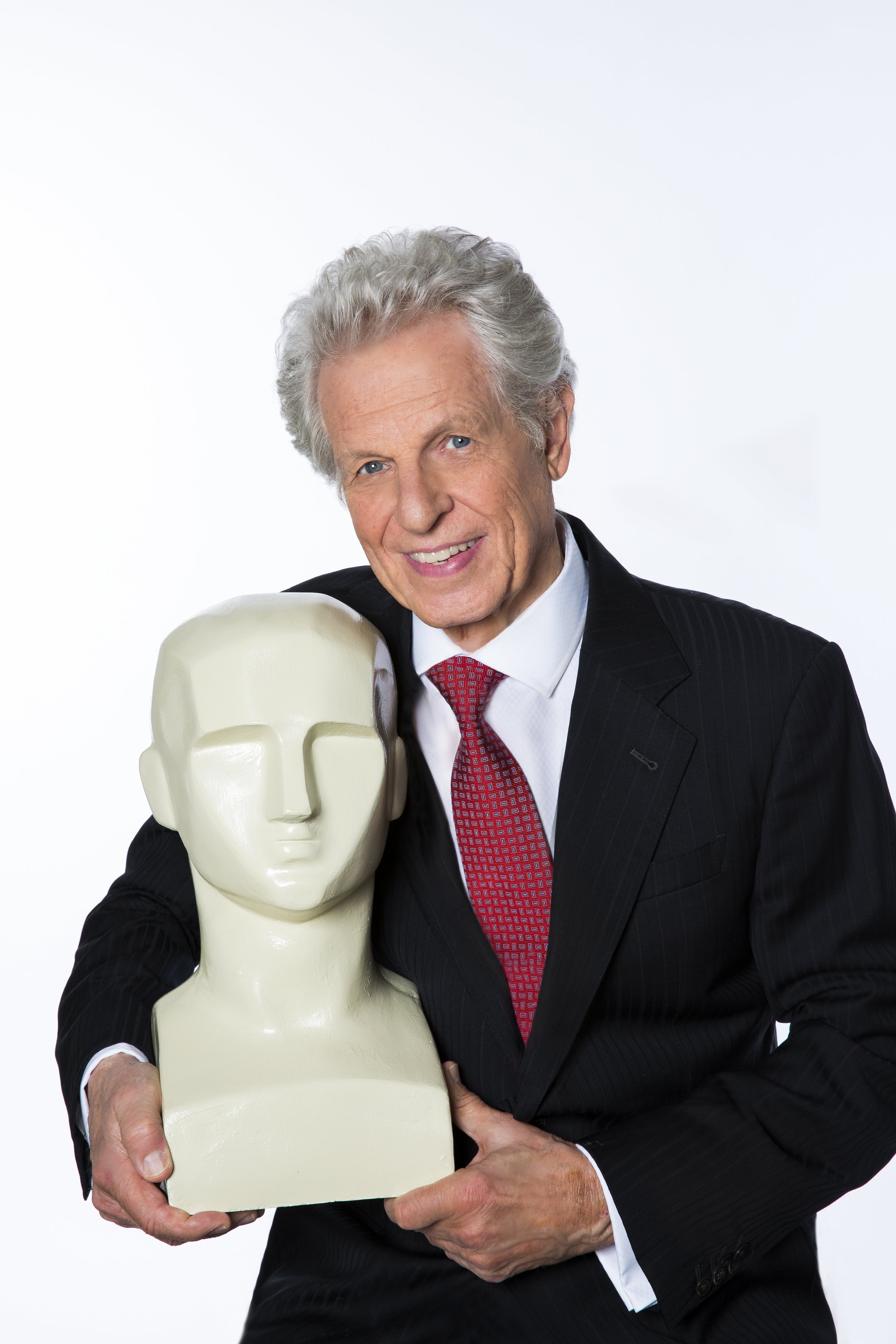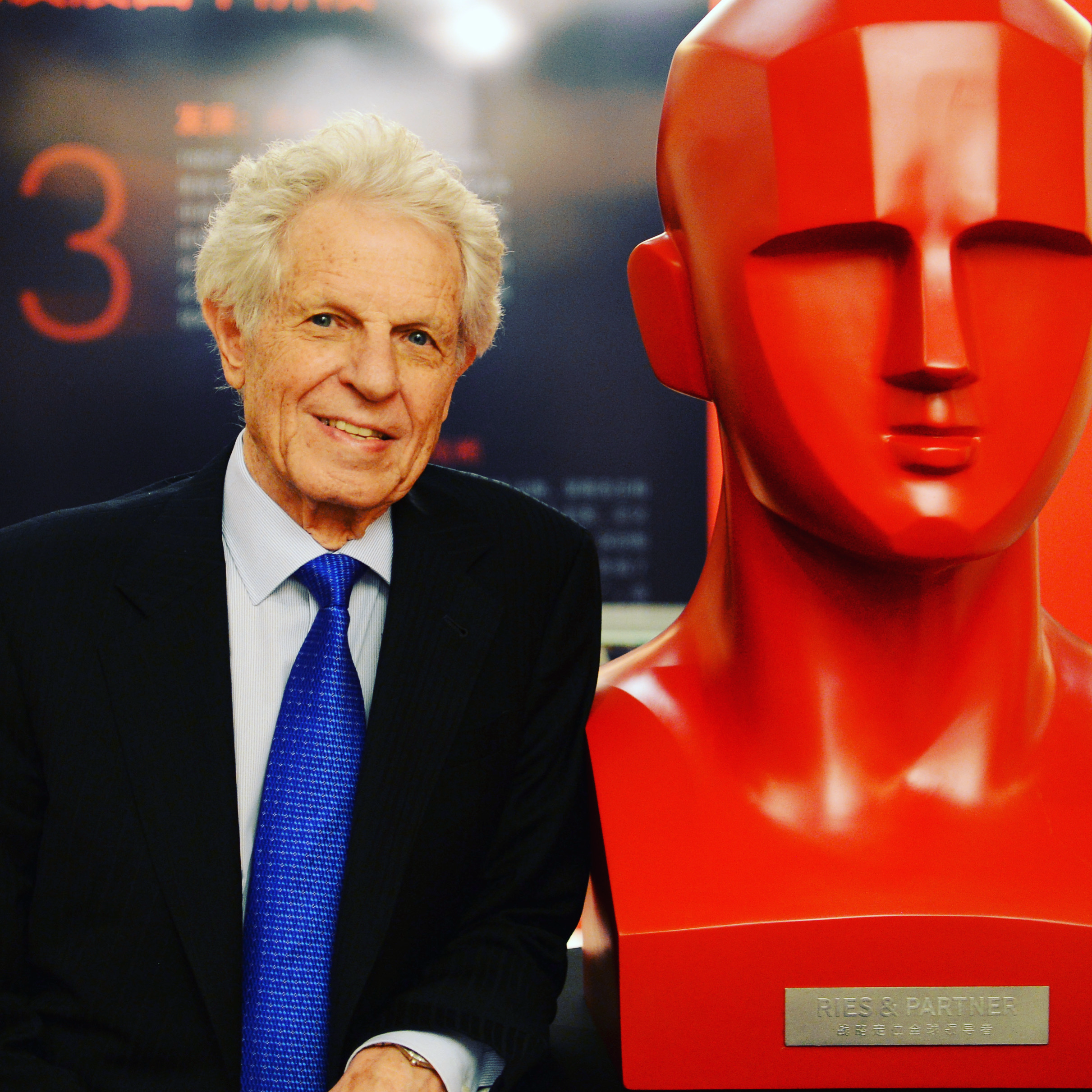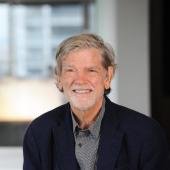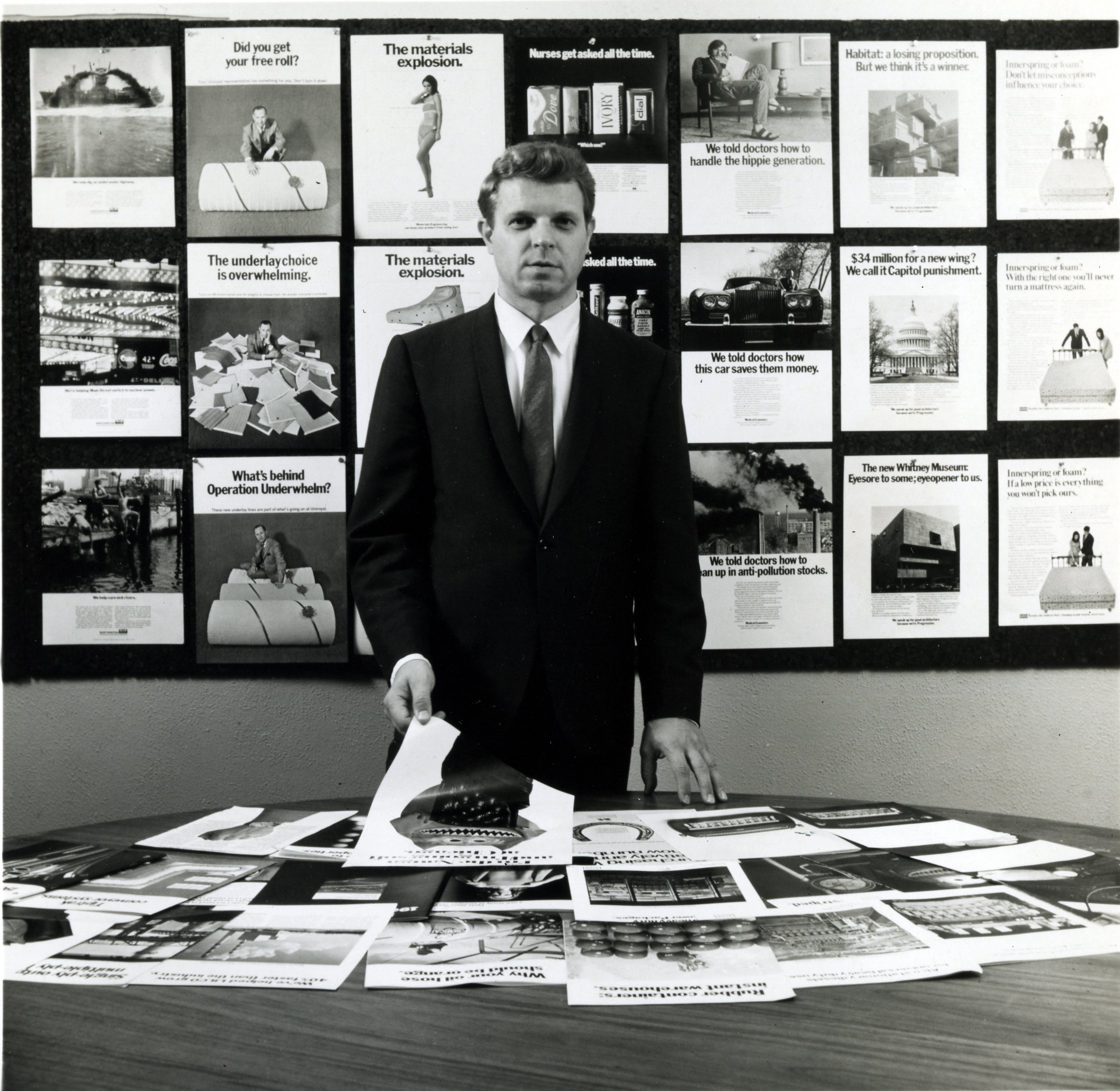AdAge Article
HOW AL RIES POSITIONED THE POSITIONING CONCEPT
by Rance Crain, September 26, 2016
Rance Crain is the former president of Crain Communications and editor-in-chief of Advertising Age.
Would "positioning" be as well-known throughout the world if it had been called "the rock"?
Well, it almost was. In 1969, Al Ries and Jack Trout came up with the idea of making every ad based on a single powerful idea, and they initially called their concept "the rock."
"What do we mean by a rock? An idea that people couldn't question," Al told me in a video interview after he was inducted into the American Marketing Association's Hall of Fame.
Most advertising in those days was "this is terrific, the best tasting, the best. Everything was the best this and the best that. There was no credibility."
So his initial idea was that every ad needed to be built around a "rock that the reader couldn't dispute."
Al's agency, Ries Cappiello Colwell, developed a campaign for Uniroyal, and it could have called Uniroyal "the technology leader in the rubber industry." But prospects probably wouldn't have believed that statement.
"So we found a 'rock' that communicated the same idea in a way that was far more believable -- 'Uniroyal holds more patents than any other rubber company.' That became the slogan for the campaign."
Sometime later, Jack suggested that instead of a "rock" they call the idea a "position." Al said "that had the advantage of suggesting a 'position in the mind.' And the concept itself could be called 'positioning.'"
Al believes that, overall, a "position" is a better concept than a "rock." But he added, there would have been some advantages in sticking to his original thought, because "too many companies claim 'positions' that are totally unbelievable."
The initial positioning articles appeared in 1970 in Industrial Marketing, our b-to-b publication at the time.
But when Ad Age ran a three-part series on positioning, all hell broke loose.
In addition to the basic premise, that marketers should try to occupy a specific position in the mind of consumers, Al said that he and Jack "took a very strong position against creativity, not so much because we were opposed to it but because we wanted to establish our own position in the mind. In other words, you've got to knock out the enemy before you can occupy the position."
Nevertheless, Al had "fundamental differences" with agencies over creativity. "Their definition of creativity is being different instead of being an unusual idea that helps you get in the mind. It's like artwork today. The fundamental thrust of artwork is to always be different. You can't be a creative artist unless you come up with a new and different idea. Not necessarily better, but new and different."
But Al concedes that the positioning articles "deeply offended" the ad agency community. "I can't remember anyone working for an ad agency that had a favorable word about positioning. On the other hand, we got a lot of fans among clients."
Al still holds that positioning is the starting point. "Instead of talking about creativity, I'm saying, 'What position do you want to occupy in the mind?' That's the first decision to make."
So on the one hand, BMW occupies the driving position with "the ultimate driving machine," which Al considers the best positioning campaign of all time. "And yet you look at many examples of creativity and you say, 'What the hell are they trying to do?'"
Therein lies the biggest mistake marketers make in selling their products: "Focusing on the advertising and not the marketing."
Marketing is not logical, Al contends. "What do most companies want to do? They want to grow. They want to expand. But when you expand by broadening your line, you tend to undermine what you stand for. The reason that doesn't work is you've got to win in the mind, and you can only win in the mind with a narrow idea."
Al believes BMW made a big mistake attempting to broaden the appeal by adding "joy" to the reason for driving the car. For nine straight years, BMW was the No. 1 luxury car in America, but for the last five years, Mercedes-Benz has been No. 1. Last year, BMW dropped to the third spot, behind Lexus. So, as Al says, you can equate BMW's broader strategy with loss of market share.
Al laments that he has spent most of his life "arguing with big companies on the need for a second brand instead of using the same brand to expand into a new area." He cites Kodak as a prime example. "One brand for film, one brand for digital. They take their film brand and move it into digital and they go bankrupt. So did that work very well? Not too well. Second brand."
When Al was approached about being a consultant for Hyundai a few years ago, he was asked how he'd handle a more expensive Hyundai line. He said to launch a second brand. "The minute I said that, I knew they wouldn't hire us." (The automaker is now marketing the Genesis line as a second brand.)
The biggest change to positioning has been the addition of the "visual hammer," Al says. "If you look at the original positioning book, it was totally verbal. We missed the visual, and the visual is more powerful than the verbal. … If the verbal position doesn't suggest a visual, we don't use it."
Al, who turns 90 in November, still travels the world consulting and giving speeches and presentations. He has co-written 12 books selling over 3 million copies worldwide, with his seminal treatise on positioning accounting for half those numbers (400,000 in China).
What's given him the most satisfaction is building the Ries brand with Laura, his daughter and business partner in Ries consulting.
Al is "very proud" of Laura's contributions to the visual side of positioning (Laura wrote "Visual Hammer" to explain how a strong visual idea reinforces the verbal).
Some people said that they didn't see anything new and different about positioning, he said, but "I knew it was a big idea, and that's what drove me."











